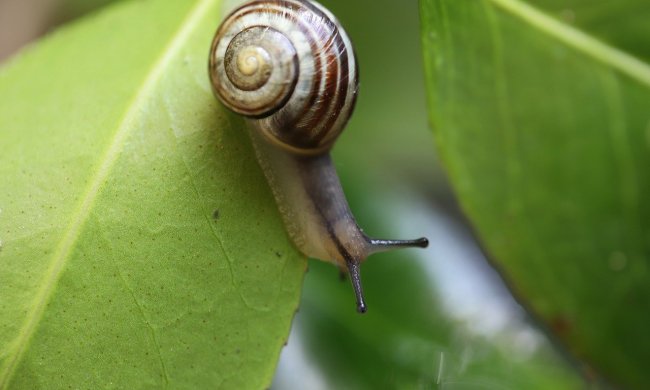Think compost is just a pile of rotting yard waste and table scraps? Compost is a beautiful soil that can be bought or made at home. It’s an organic material made up of properly decomposed items such as food scraps, leaves, and animal waste. When allowed to decay at a healthy rate, these products can create a beautifully rich and nutrient-filled soil that can be applied to gardens of all kinds to help feed plants.
Compost can either be homemade or bought from a seller. Making your own compost at home is easy, plus it’s fantastic for the environment. Instead of throwing away food scraps or dumping coffee grounds into the trash, you can add those to a compost pile or bin and reuse that product to feed your garden in the future.
A healthy compost pile is made up of equal parts of brown and green matter. Green matter will be things like kitchen scraps and grass clippings. Brown matter could be dead leaves and twigs. Adding these in equal layers will allow the carbon and nitrogen in these products to work together to decompose the material.
Another essential part of your composting enterprise is water. Without water, a compost pile will not decompose. If you have an open compost pile where rain and snow can reach it, you probably don’t need to worry about watering. However, if you have a covered compost bin or live in a dryer climate, you will need to water your compost just like you do your garden.

Some examples of things you can compost:
- Fruits and vegetables
- Eggshells
- Coffee grounds
- Tea bags
- Paper
- Yard trimmings
- Leaves
- Dryer and vacuum lint
- Fireplace ashes
Items not to compost:
- Dairy products
- Meats or fish bones
- Grease or fats
- Pet waste (dogs, cats)
- Yard trimmings that have been treated with pesticides
Adding yard trimmings to your compost that have been treated will result in that treatment killing off good bacteria in your compost. That may result in contaminated compost or compost that will not decompose properly.
When to add compost
There are many times during the year when you can add compost to your garden. It can also be beneficial to add compost multiple times during the growing season. When you’re first planting your garden in the spring, you can amend your soil with compost to add a boost of nutrients to help those baby plants grow strong.
Depending on the plant, you can add compost throughout the growing season to give your plants a boost. For the majority of the time, the best time to add compost for a vegetable garden is when their fruit is beginning to grow. Plants use up a lot of energy and resources to grow their fruits, and a kick of nutrients can help them keep up and produce even more.
How to add compost
When adding your compost at the beginning of the season, you’ll use a method called amending. This is when you add supplements to your soil to increase its nutrient value and aeration. Adding compost at this stage is as easy as mixing your topsoil and aeration product with compost using a shovel, rake, or your hands.
“Side dressing” is the method you’ll use when adding compost in the middle of the growing season when your plants are already in the ground. It’s called “side dressing” because you’ll be adding a ring of compost around the sides of the plant base. Be sure not to add the compost directly next to the plant’s stem, but leave about 2 to 3 inches of space.
When NOT to add compost
The No. 1 recommendation for compost do’s and don’ts is not to add too much. With compost, more is not better. Adding too much compost, especially around native plants, can accelerate their growth too much and compromise the plant’s health.
Whether you make your own compost or buy it from the store, it’s an essential part of growing a healthy and productive garden. Be sure to look into when it’s best to add compost to the specific plants you’re growing and avoid adding too much even during peak growing season.


